Susan Marcia Chombo Bruno
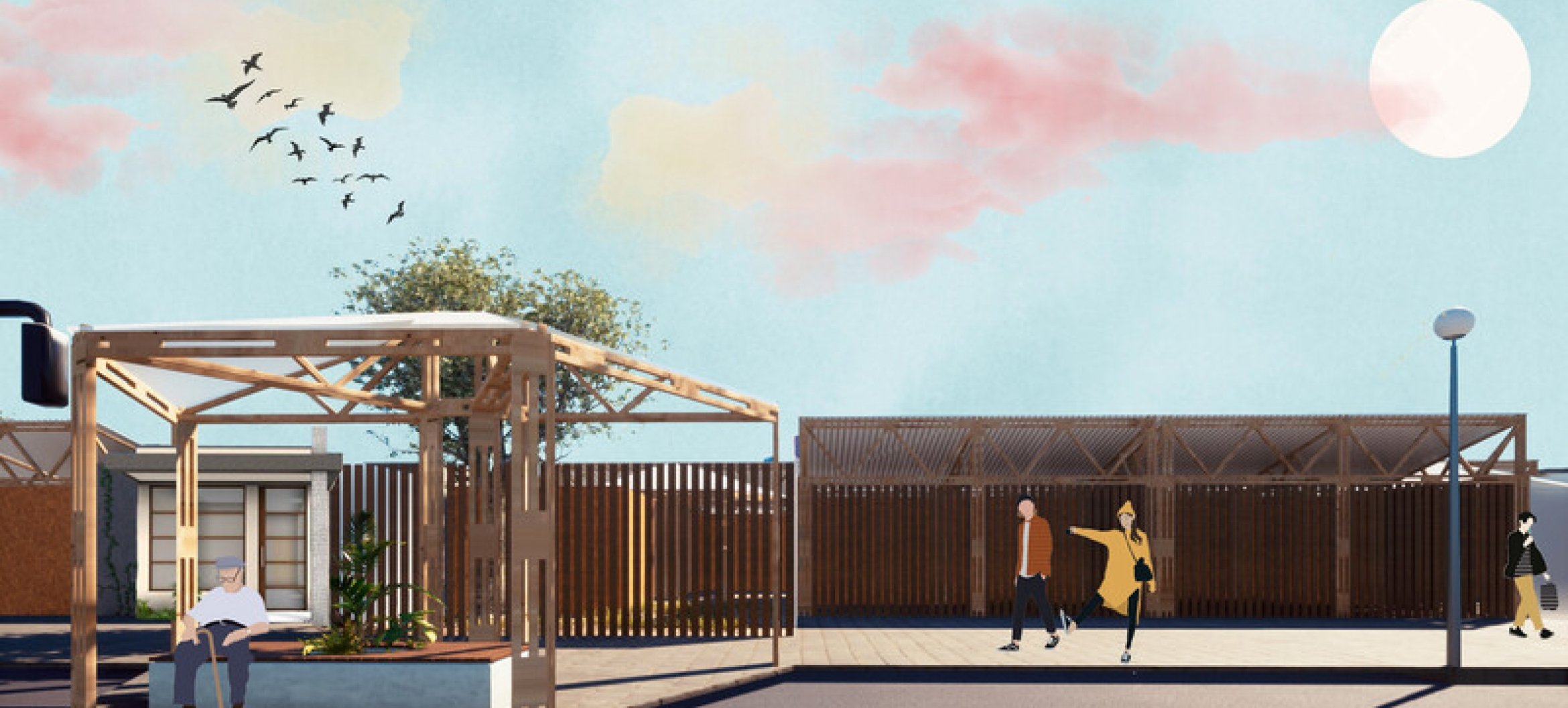
Ayni in current times and how to build cheaply in Peru
Peru in 2022: Nearly 140.000 families are looking to buy a home, but only 40.000 manage to find formal housing with all the services that guarantee a decent quality of life. The remaining 100.000 resort to land traffickers or informal invasions on the outskirts of cities, without basic services or urban equipment, and will remain so for the next 15 to 20 years.
This situation responds to the fact that low-cost formal housing is not produced for the economic sectors with fewer resources, to the increase in land prices, and the lack of access to credit for independent workers.
In this situation, is it possible to build a nice house with a minimum of resources? Amid informal chaos, is it possible to create friendly urban spaces?
Goal/Ambition
The purpose of this research is to find a way to build spaces with the minimum possible material, which meets the characteristics of habitability and allows owners to be an active part of the development of their homes, which change according to the needs of their inhabitants.
HISTORICAL CONCEPT
Ayni is a runasimi (Quechua) word that, translated into Spanish, is understood as reciprocity. Despite not being common today, it is an ancient practice that persists in our country, especially in the Andean world. It consists of giving to the other without expecting anything in return, it is done solely with the desire to feel good and, in this way, live in harmony and in tune with the entire cosmos. This way of life, the basis for the development of the Inca empire (15th - 16th centuries) allowed for a society with less inequality, instead, with more brotherhood. Not only with the family but also with friends, co-workers, and the world in general with the sole purpose of seeking a common good: everyone's happiness.
CONCEPT AND MATERIALITY
But I do not envy anyone, because I know how difficult it is to have that dream and make it come true, whether it is just to put a roof over your head and food on the table.
Carol Burnett
Actor
The human being has basic needs, which are food and shelter. It is these two needs that must be supplied with this design.

First, a base form was sought, which should be replicated and adapted to different uses in the space. Hexagons were chosen since due to their particular shape it is extremely efficient and creates various spatial possibilities. With this base form, housing modules were created that "stapled" together and allowed their development over time. In addition, it was sought to maintain “semi-public” spaces within the housing areas, and the hexagon leaves residual spaces that can be adapted for this purpose.
Next, the materiality: wooden blocks were chosen and the way to create a ceiling with them was thought about. The simpler the better, as this avoids unnecessary expense and shortens assembly time.
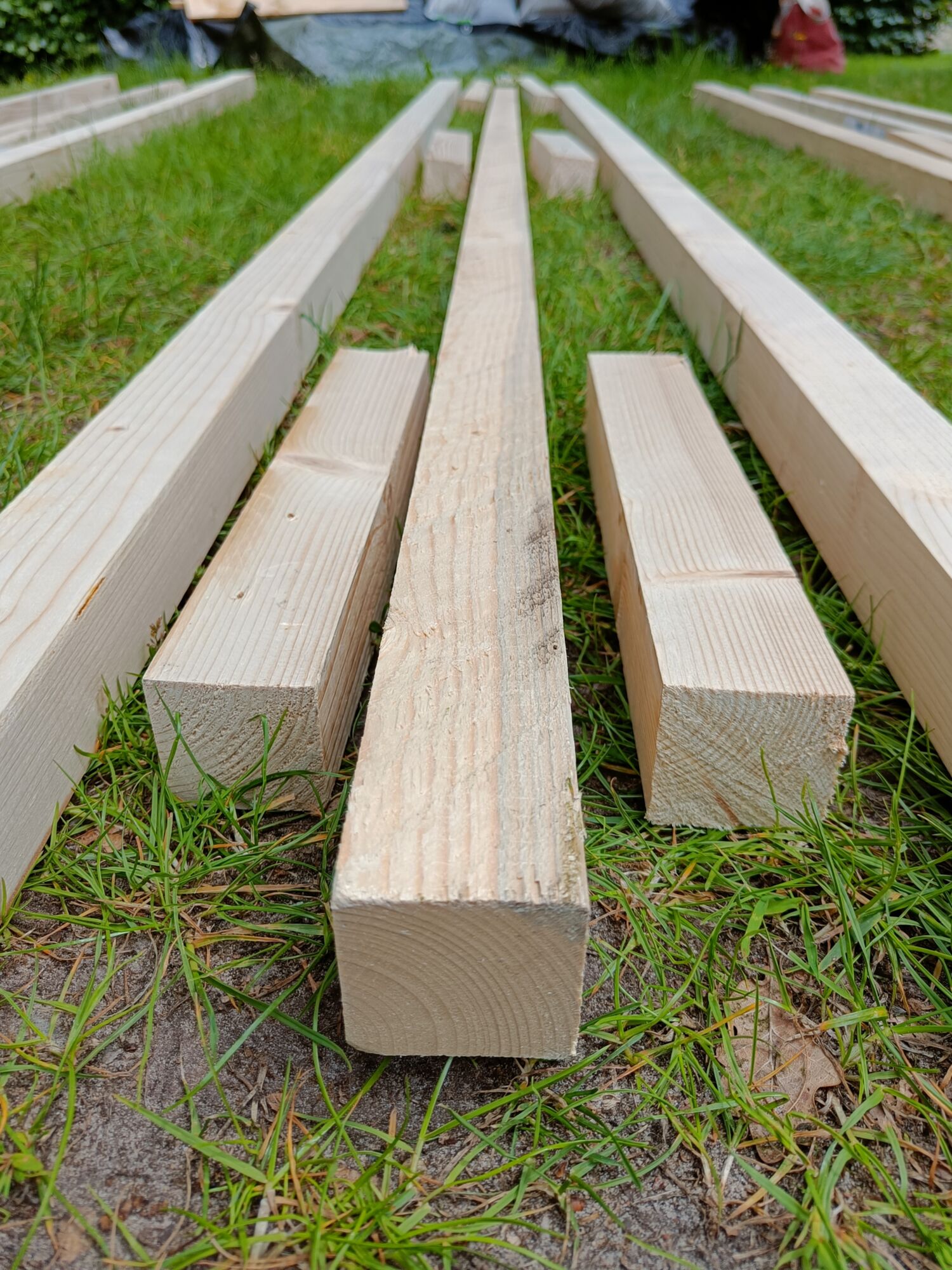
DESIGN
The result is a group of houses that evolves. Having found a simple structural and roofing solution, the inhabitants of low-income areas can make use of these spaces for various activities, adding panels or partitions according to their needs (public or private). There are spaces that can be used as community kitchens and internal recreation areas between dwellings.
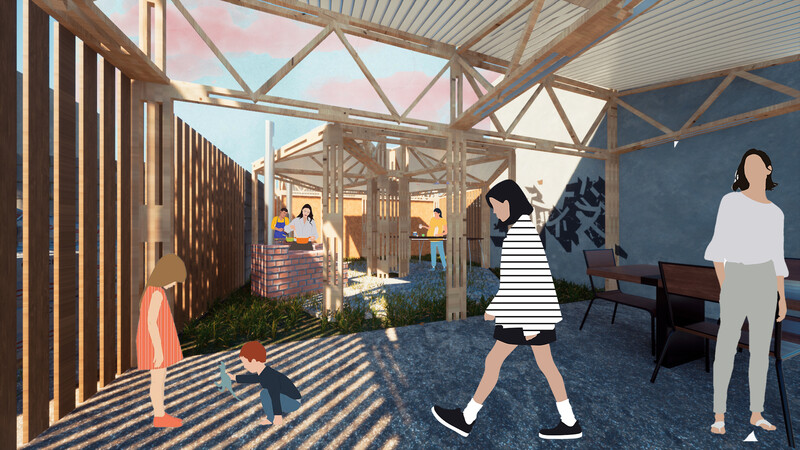
Likewise, being a simple construction system, it can be carried out jointly, asserting the sense of neighborhood reciprocity, which reinforces the sense of belonging and allows owners to make decisions regarding the development of their homes.
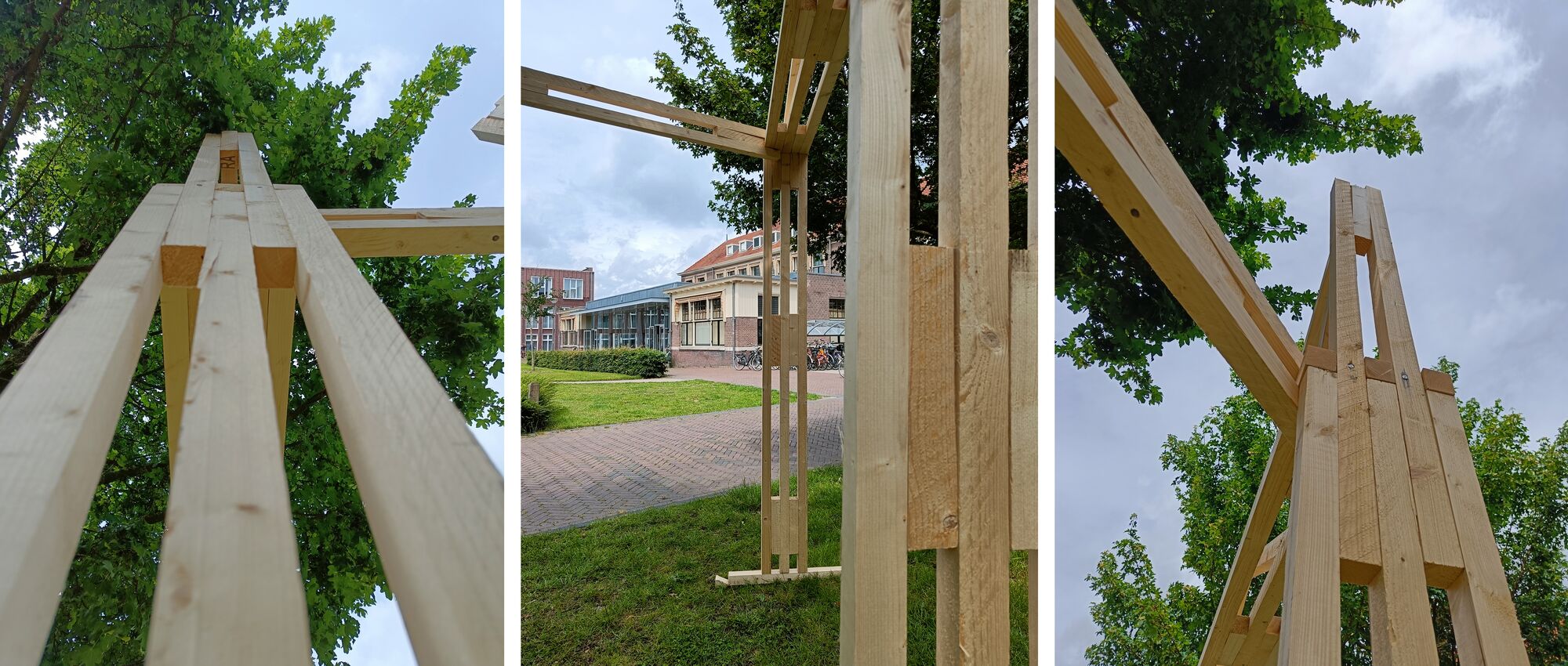
The hexagon is also used as part of the urban design, allowing to create friendlier spaces in between and prioritizing the neighborhood interrelation.
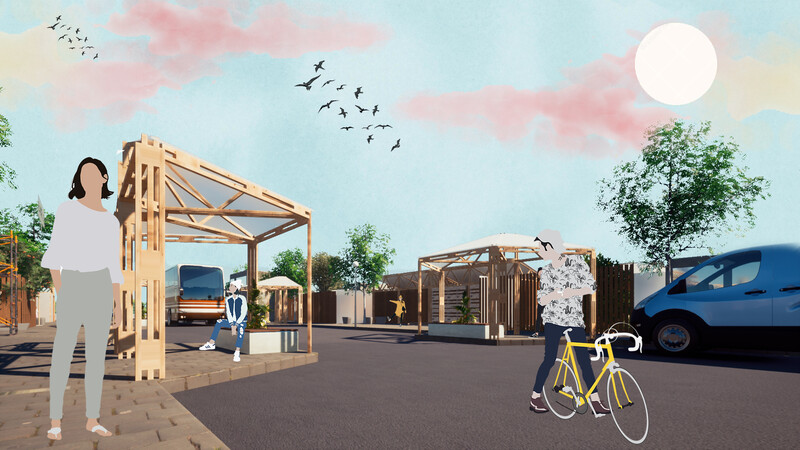
About me
I am an architect and interior designer from Peru, passionate about finding answers in the chaotic slum systems of my country. I find a unique beauty in the way in which residents adapt their homes despite economic adversity, and I use architecture as a tool to improve these spaces and therefore, their quality of life.
Deze pagina is voor het laatst gewijzigd op 27 juni 2022
Sta jij op deze pagina? En heb je een opmerking? Mail naar de redactie.